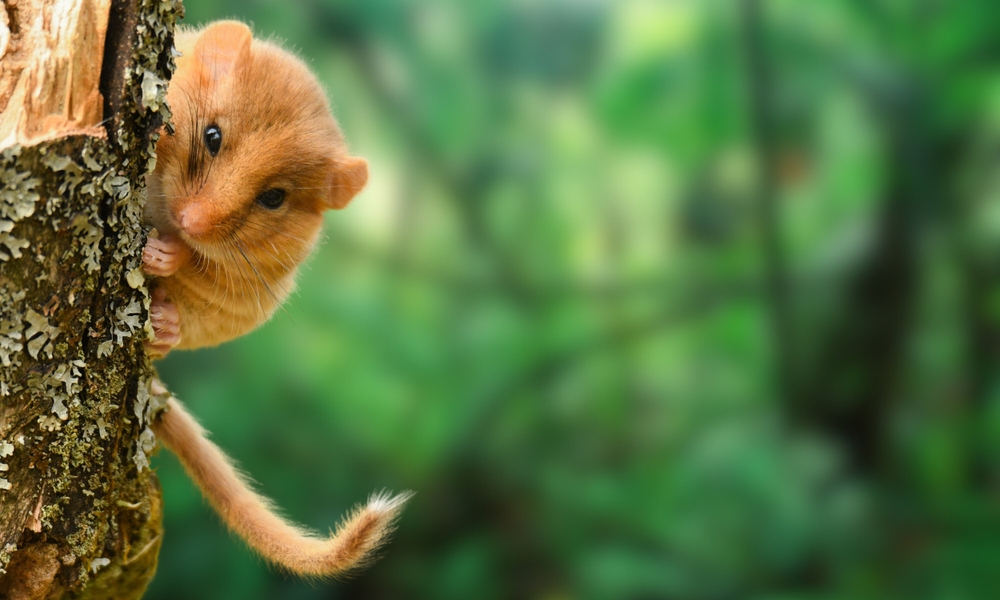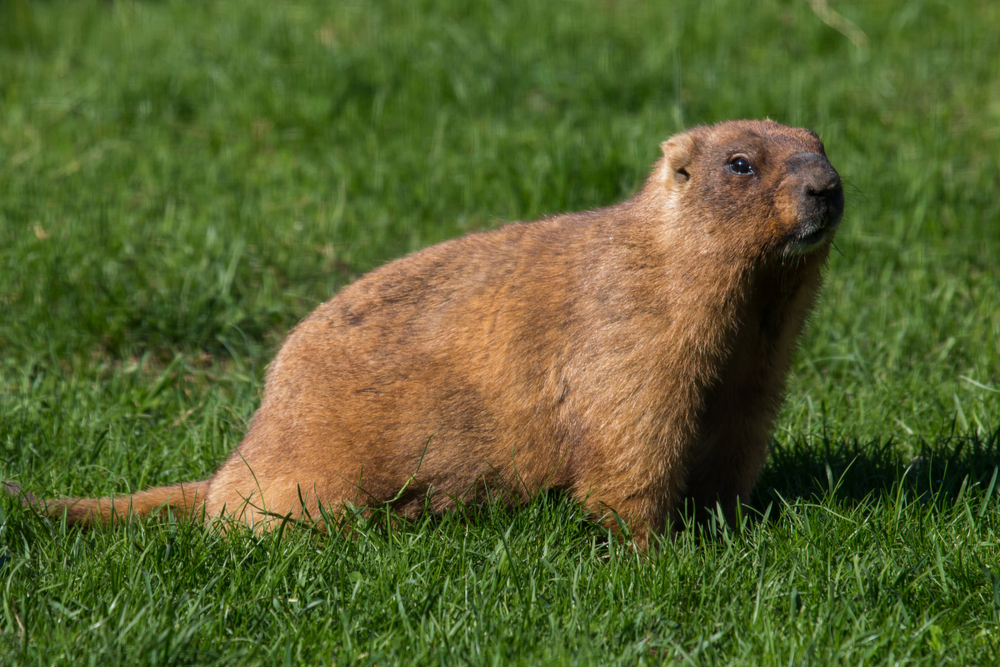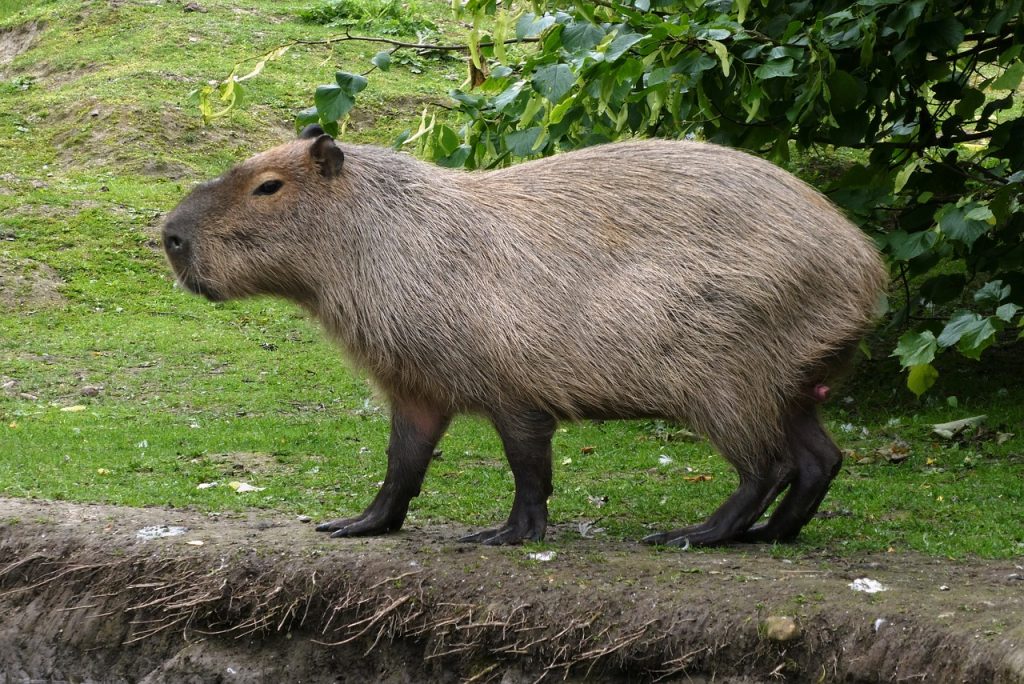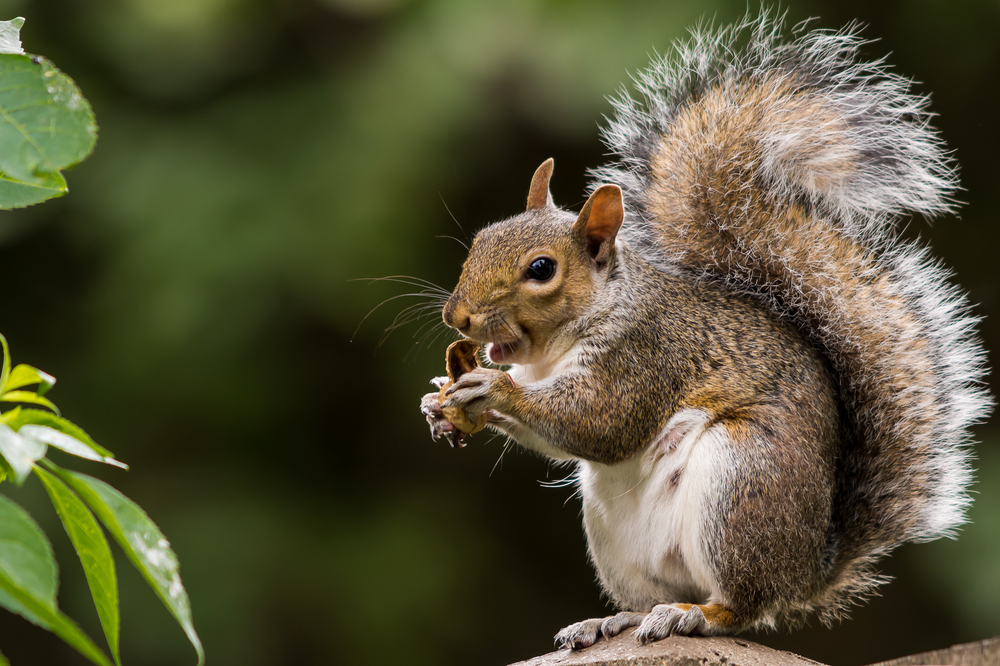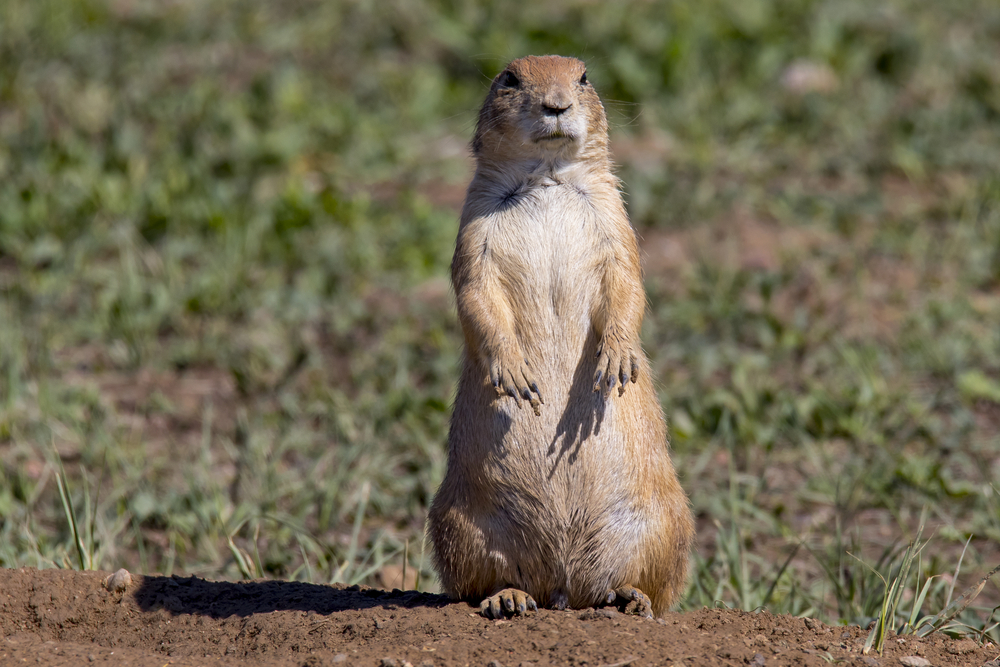Uniqueness
Dormice are a distinctive and charismatic group of small rodents best known for their remarkable hibernation behavior, arboreal agility, and gentle, elusive nature. Found across Europe, Asia, and parts of Africa, dormice stand apart from other rodents due to their physiology, lifestyle, and ecological significance.
Extraordinary Hibernators:
Dormice are among the longest hibernating mammals in the world. Many species, such as the Hazel Dormouse (Muscardinus avellanarius) and Edible Dormouse (Glis glis), hibernate for six to eight months each year, and sometimes longer in harsh or food-scarce years.
-
They enter a state of deep torpor, reducing their body temperature and metabolic rate to survive winter.
-
Dormice may even aestivate (enter dormancy during hot, dry summers) if conditions are poor—an adaptation few mammals exhibit.
Slow Life Strategy:
Unlike most small rodents that reproduce rapidly and live short lives, dormice follow a “slow life” strategy:
-
Long lifespan for their size (up to 10 years)
-
Delayed sexual maturity
-
Often only one litter per year
-
Tend to skip reproduction in years with insufficient food
This slow pace makes dormice highly specialized but vulnerable, as their populations recover slowly from disturbance.
Arboreal Specialists:
Dormice are expert climbers, spending most of their active months in trees and shrubs, rarely descending to the ground. Their bushy tails, sharp claws, and flexible toes make them highly adapted for life above ground—more like small squirrels than typical rodents.
Nocturnal and Silent:
Dormice are quiet, secretive, and entirely nocturnal, which makes sightings rare and lends them an almost mythical status in folklore. Their large, dark eyes are adapted for night vision, and their movements are careful and deliberate.
Ecological Importance:
Dormice play key roles in their ecosystems:
-
Pollinators: Feeding on flowers and carrying pollen, especially in spring
-
Seed dispersers: Eating fruits and caching nuts
-
Insect control: Consuming caterpillars and beetles during peak seasons
They are considered indicator species—their presence signals a healthy, connected, and undisturbed woodland habitat.
Cultural and Conservation Icon:
-
The Hazel Dormouse is a flagship species for conservation in Europe and is strictly protected due to severe habitat loss.
-
The Edible Dormouse has a unique human history: once considered a delicacy by the Romans and still legally hunted in parts of Slovenia today.
-
The dormouse famously appears in “Alice’s Adventures in Wonderland,” where it embodies sleepiness and mystery.
Dormice are unique in almost every aspect of their biology—from their extended hibernation and gentle lifestyle to their ecological roles and cultural presence. These sleepy forest dwellers remind us of the complexity and fragility of temperate woodland ecosystems.



































































